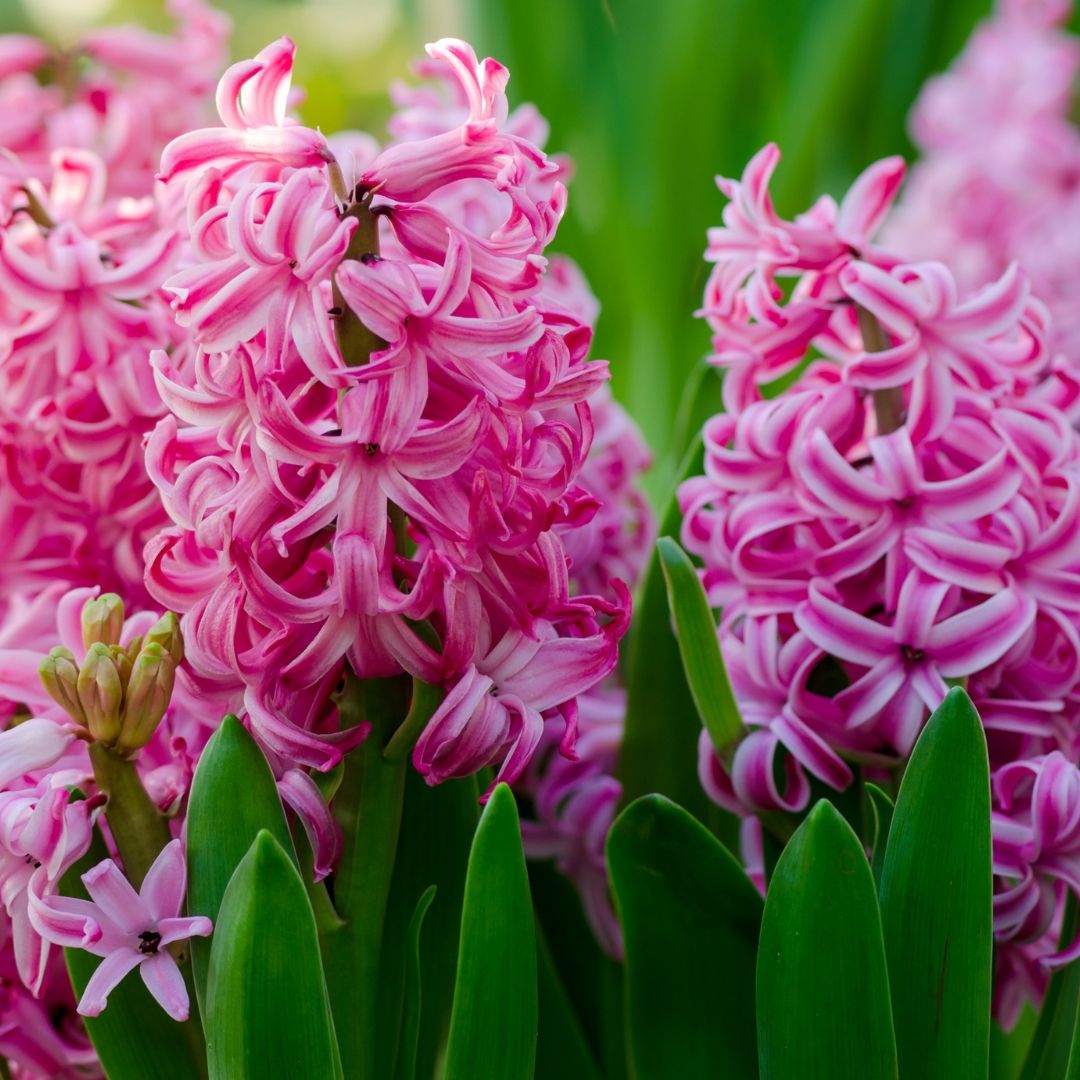Fritillaria Bulbs
Fritillaria Bulbs
This collection is empty
Why Choose Spring Bulbs from The Garden House?
- Top-Quality Bulbs - Healthy, reliable stock for strong growth and vibrant blooms.
- Wide Variety - Choose from tulips, daffodils, alliums, crocus, snowdrops & more.
- Great for All Spaces - Ideal for garden beds, containers, window boxes, and naturalising.
- Pollinator Friendly - Many varieties support bees and early-season wildlife.
- Easy to Grow - Low maintenance with high-impact results
New to Bulb Planting?
Visit our expert tips on How to Layer Spring Bulbs for Continuous Colour in Your Garden
You'll learn when to plant, how deep to go, and the best combinations to ensure continuous blooms from late winter into early summer.
Plan ahead for a garden bursting with colour
Order your spring bulbs online now from The Garden House and enjoy beautiful blooms year after year.










